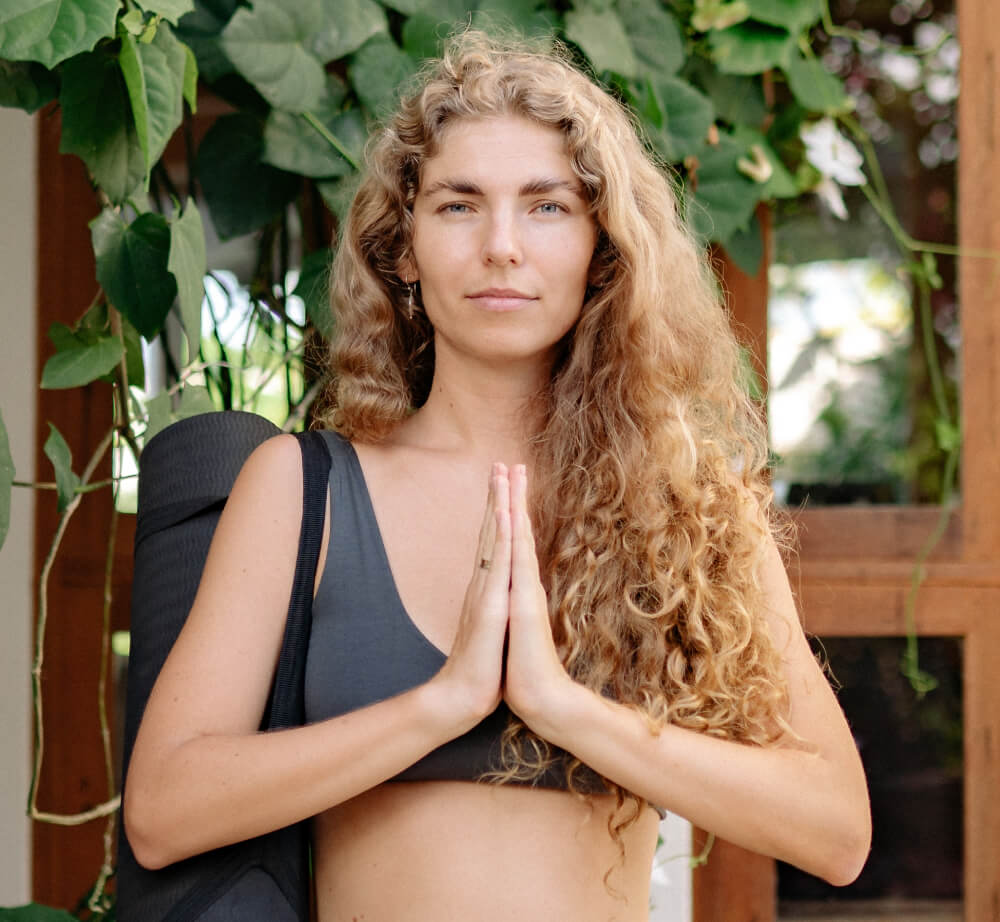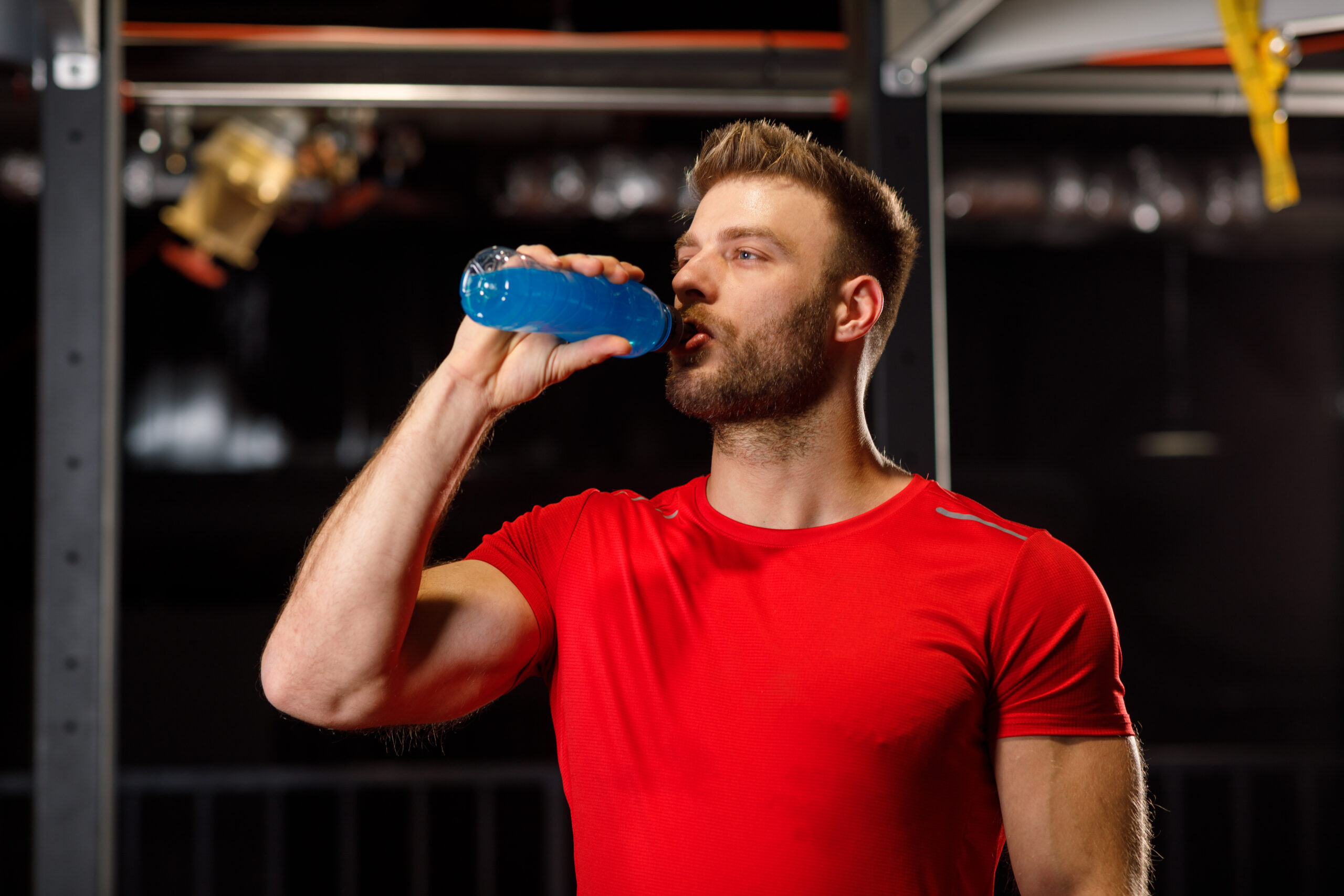While your home may be equipped with the latest gadgets and gizmos, it may be costing you a lot of money on your monthly utility bills. Your home should not have to cost you so much for being modern. There are many things you can do to save money. You can invest in new technology that will save you money in the long run, or you can cut costs immediately. Both options are viable; it depends on what you want and what you can afford. You also don’t want to go overboard and buy something you can’t afford.
Here are five ways to make your home more sustainable.
1. Give your HVAC system regular maintenance.
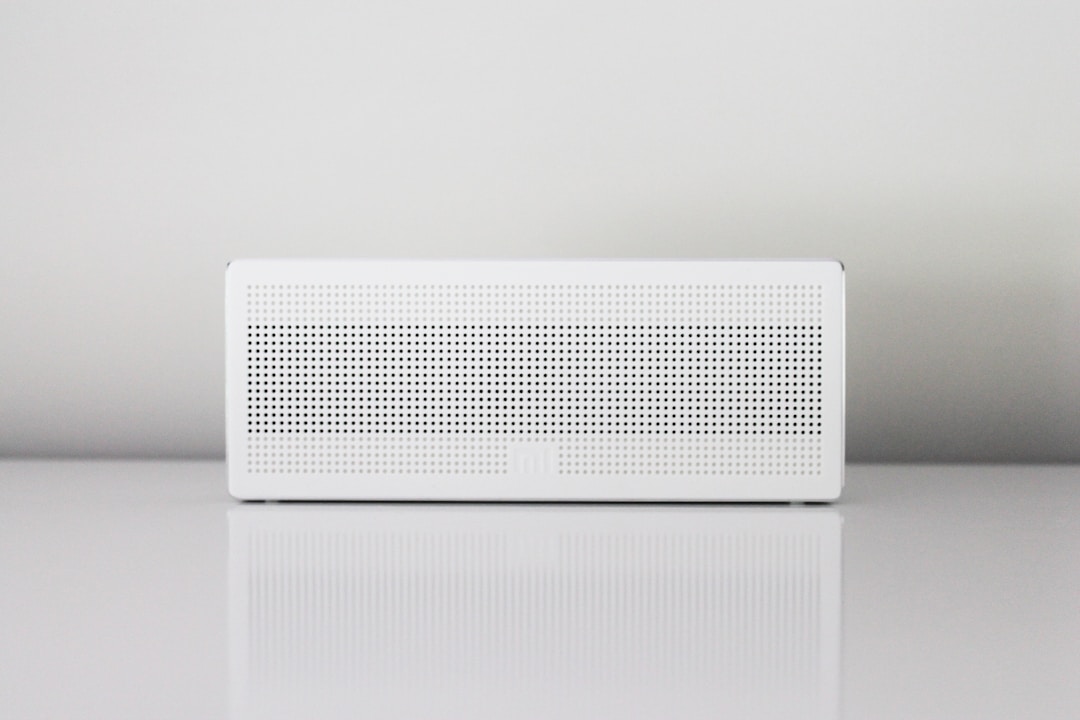
The first thing you want to do is verify if your HVAC system is in good condition. Did you know that a poorly maintained AC unit can hike up your utility bills every month? This is because it’s not working at its full capacity. When it’s overworked, this puts a strain on the whole system. Moreover, your HVAC can emit foul smells that can be harmful to you and your family.
So, what’s causing your AC system to produce strange odors? For instance, you may wonder why it smells like car exhaust inside your home. This may be because you have a refrigerant leak in your AC unit. If this is so, you will notice warmer air blowing through the vents. Additionally, if it smells like something’s burning, chances are something is burning inside your HVAC system.
This could be caused by built-up dust or debris that may have come up in flames once the air conditioner has been on for a while. Other smells include rotten eggs (gas leak), decomposition (dead animal), mold (water buildup in drain pan). If you find any of these bad smells in your home, call an HVAC technician as soon as possible to prevent the issue from getting worse.
2. Install solar panels.

Another thing you can do to make your home more sustainable is to install solar panels. By doing so, you can save $100 every month on your energy bills. You can find the perfect upgrade to fit your budget by using GoodLeap. GoodLeap offers homeowners flexible payment options on any of their qualified sustainable home upgrades. By going green and installing solar panels or other eco-friendly upgrades like a home battery, energy-efficient windows, or a smart thermostat, you’ll continuously be saving money on your energy bills month after month.
3. Invest in a smart home system.
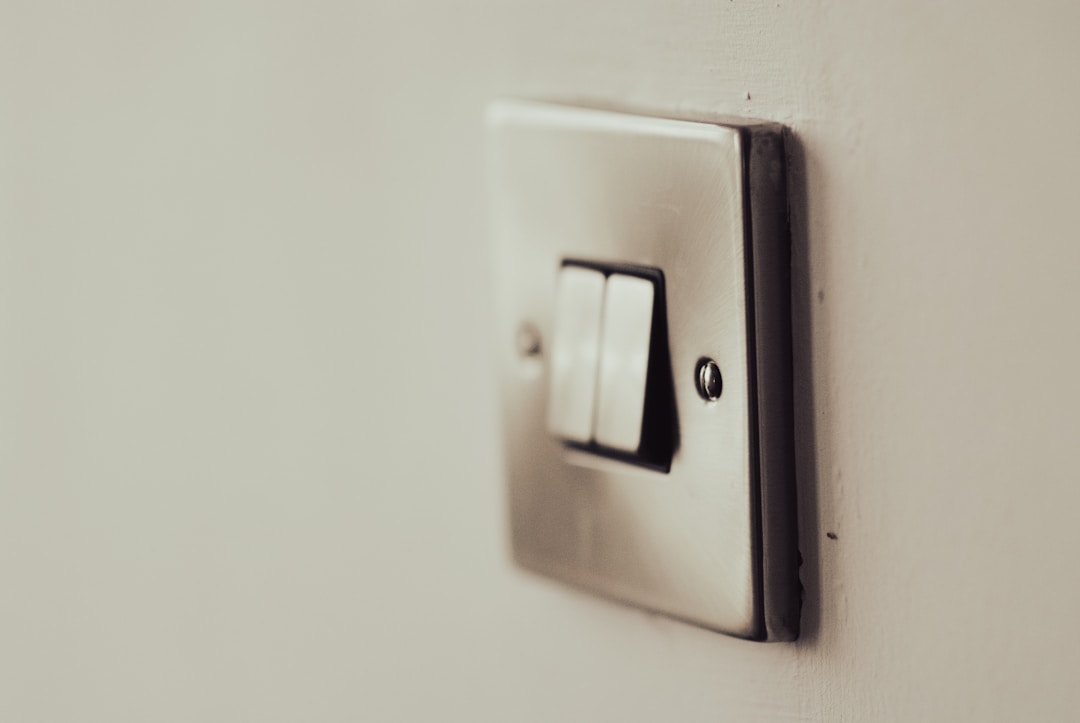
Furthermore, you can invest in a smart home system for your house, so your place is always in “sustainable” mode. This can be anything like smart outlets, light switches, sprinkler systems, and more. Having a smart home can ensure the lights are off when not in use, you don’t use too much water for your landscape and gardens, and that your AC unit is always at the best temperature without overloading itself.
4. Purchase appliances that have high energy-efficiency (EER) ratings.
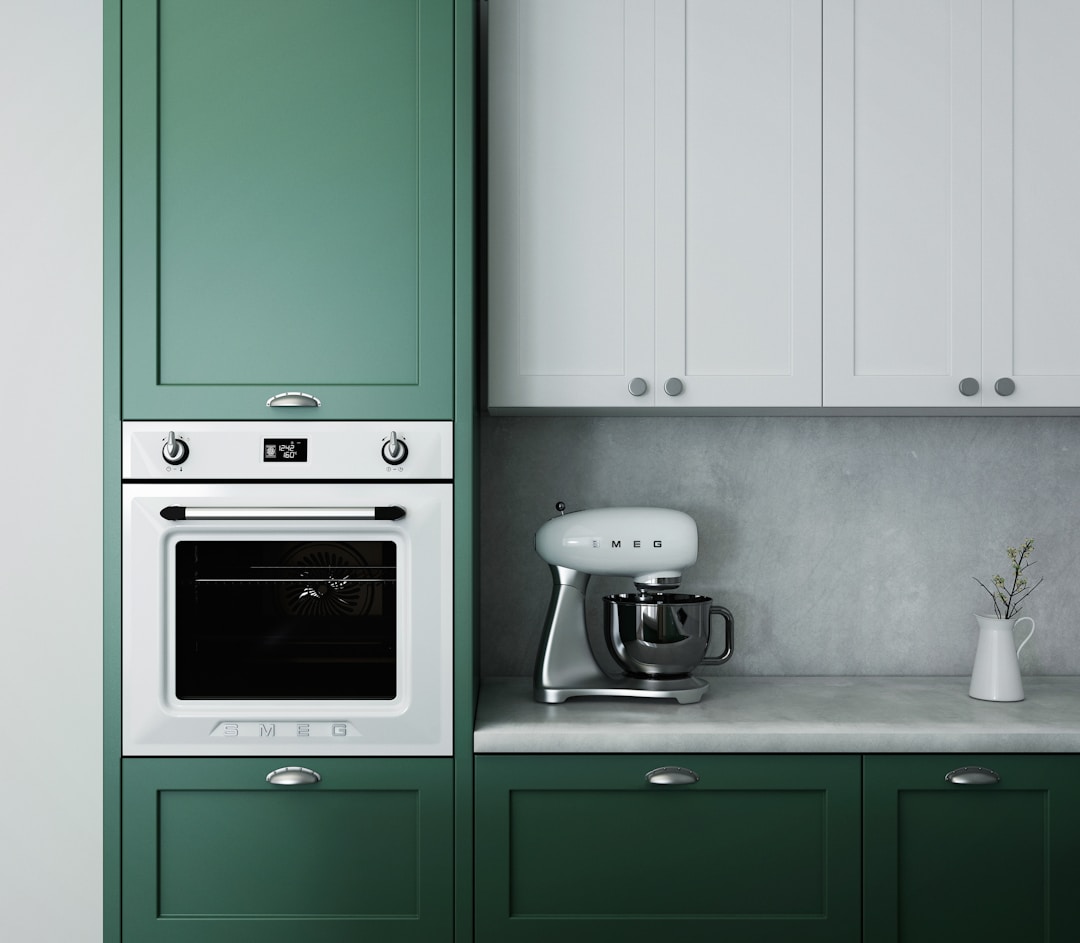
Likewise, you can purchase home appliances that have a good EER—the higher the EER, the more energy you will conserve. Some of the best brands with a high EER include Frigidaire, Maytag, KitchenAid, and Whirpool.
5. Replace your windows with dual-pane windows.

Lastly, you can make your home more sustainable by replacing all of your windows with dual-pane windows. This type of window will create better insulation in your home, keeping the heat and cold outside your home and helping to stabilize your indoor temperature. In addition, this will help your air conditioner not overwork itself as the temperature will be more regulated than if you used a single-pane window.
These tips will help you save money on your bills while saving the environment.





